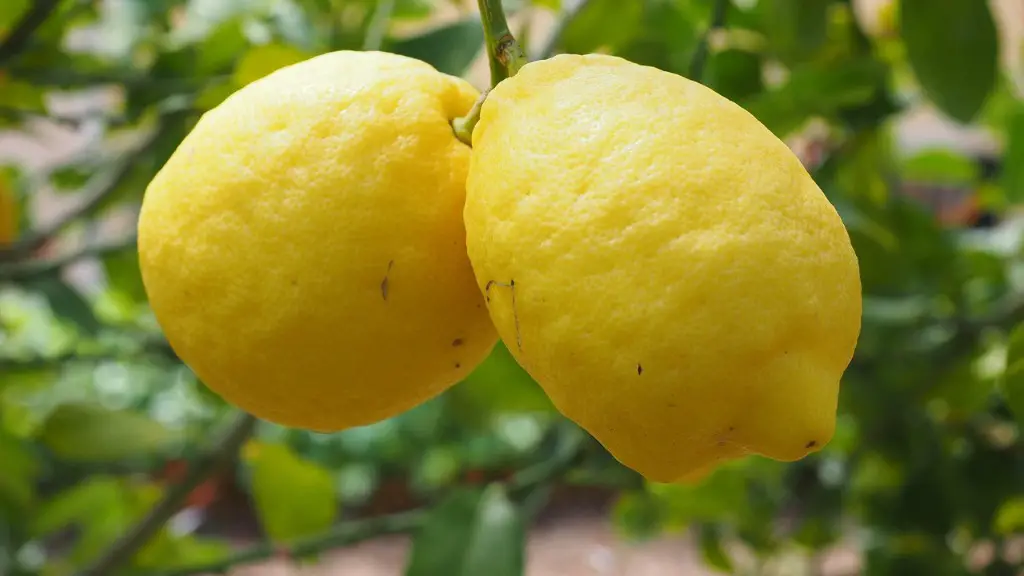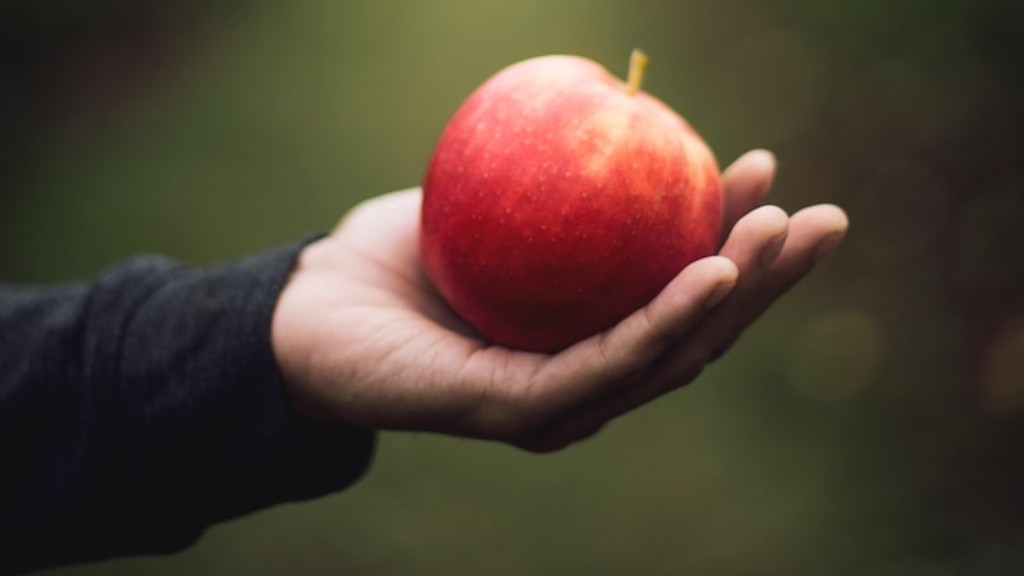When it comes to growing an avocado tree in your own backyard, you’ll want to know just how tall your tree could get. Avocado trees, with their glossy leaves and creamy fruits, are a great addition to any landscape, but they can be quite large. If you’re concerned about a towering tree obstructing your view, you’re in luck. Avocado trees generally only grow to be about 30 feet tall, though some have been known to reach up to 60 feet. Knowing the average size of your tree can help you plan your landscaping.
Most avocado trees will stay within the 25-30 foot range, though you may need to prune or trim your tree in order to keep it at this size. Pruning should be done every year or two to keep the tree from growing too large. You can also try using stakes to keep the tree from leaning too much and to provide extra support. Regular pruning and staking should help keep the tree within a manageable height.
Environmental conditions can also affect the size of your avocado tree. Trees planted in dry, hot regions tend to be shorter due to a lack of water, while those planted in more temperate climates can grow taller and more robust with plenty of water and nutrients. If you live in a very dry region, consider planting your tree in a spot where it can be well-watered, or in a dish or other microclimate where it can get extra irrigation.
The type of avocado tree you choose to grow can also affect its size. For example, the hass avocado tree thrives in warm climates and only grows to an average of 15-20 feet. So if you’re looking for a smaller tree, consider this variety. On the other hand, a cold-tolerant variety like the Bacon avocado tree can grow 30-60 feet in height, so if you plan to grow this type of tree, you’ll want to plan for a lot of space!
Avocado trees also need plenty of sunshine in order to produce a healthy crop of fruit. Try to plant your tree in a spot with at least 8 hours of sunlight each day—this will help it reach its full potential and keep it producing lots of delicious avocados.
Soil Needs & Nutrients
Avocado trees need well-draining soil with good aeration. If you’re planting your tree in the ground, mix in plenty of organic matter such as compost to ensure a rich, healthy soil. The tree will also need regular fertilization to promote growth and healthy fruit production. Choose a fertilizer specifically designed for avocado trees and apply it according to the directions.
Root System
Avocado trees have dense, fibrous root systems that tend to spread quite far out. Because of this, it’s important to give your tree plenty of room to grow with at least 8-10 feet of space around it. This will allow the roots to spread out unhindered, making your tree sturdier and helping it to establish a healthier, more robust root structure.
Pest & Diseases
Avocado trees can be susceptible to various pests such as aphids and spider mites, as well as various fungal and bacterial diseases. Keeping your tree healthy and properly maintained is the best defense against these issues. Regular inspections and prompt treatment can help you keep your tree in good shape and prevent infestations or infections from taking hold and causing long-term damage.
Harvesting Your Avocados
Avocados are generally ready to be harvested in late spring or early summer, when the fruits have ripened and turned a dark green color. Harvesting the avocados carefully and at the right time will ensure that you get the best flavor and texture from your fruit. If you notice any areas of rotting or discoloration on the outside of the fruit, discard it as it may be infected with disease or pest damage.
Tips for Growing Your Avocado Tree
Growing your own avocado tree is a great way to experience the joys of growing your own food. Here are a few tips to get your started:
- Choose a spot with plenty of sunshine and good soil drainage.
- Water your tree regularly and keep the soil moist but not soggy.
- Fertilize your tree with specially formulated fertilizer for avocado trees.
- Prune your tree occasionally to keep it at a manageable height.
- Check your tree often for signs of pest or disease damage.
- Harvest avocados when they are ripe and discard any damaged or spoiled fruit.
Buying an Avocado Tree
If you’re looking to buy an avocado tree, there are a few things to consider. Look for a healthy, vibrant specimen that looks strong and has lots of leaves and branches. Avoid any trees with signs of disease or pest damage, and be sure to check with the nursery to make sure the variety you want is suitable for your climate. With a bit of luck and some good care, you’ll be enjoying your own homegrown avocados in no time!
Common Avocado Tree Pathogens
Avocado trees are susceptible to various fungal and bacterial diseases. Among the most common are Brown Spot, Powdery Mildew, Anthracnose, and Root Rot. These diseases can cause a variety of symptoms, ranging from yellowing or spotted leaves to a lack of fruit production. Taking preventive measures such as proper irrigation and aeration can help reduce the risk of disease and keep your tree healthy.
Avocado Tree Cultivation
Avocado cultivation is a rewarding and enjoyable experience, but it can also be challenging at times. Take the time to research the variety you’re growing, pick the best spot in your garden, and pay close attention to your tree’s needs. Doing so will help ensure success and a bountiful harvest of delicious fruits.

